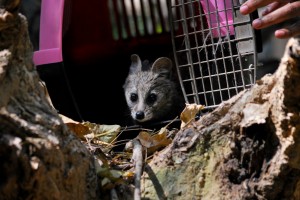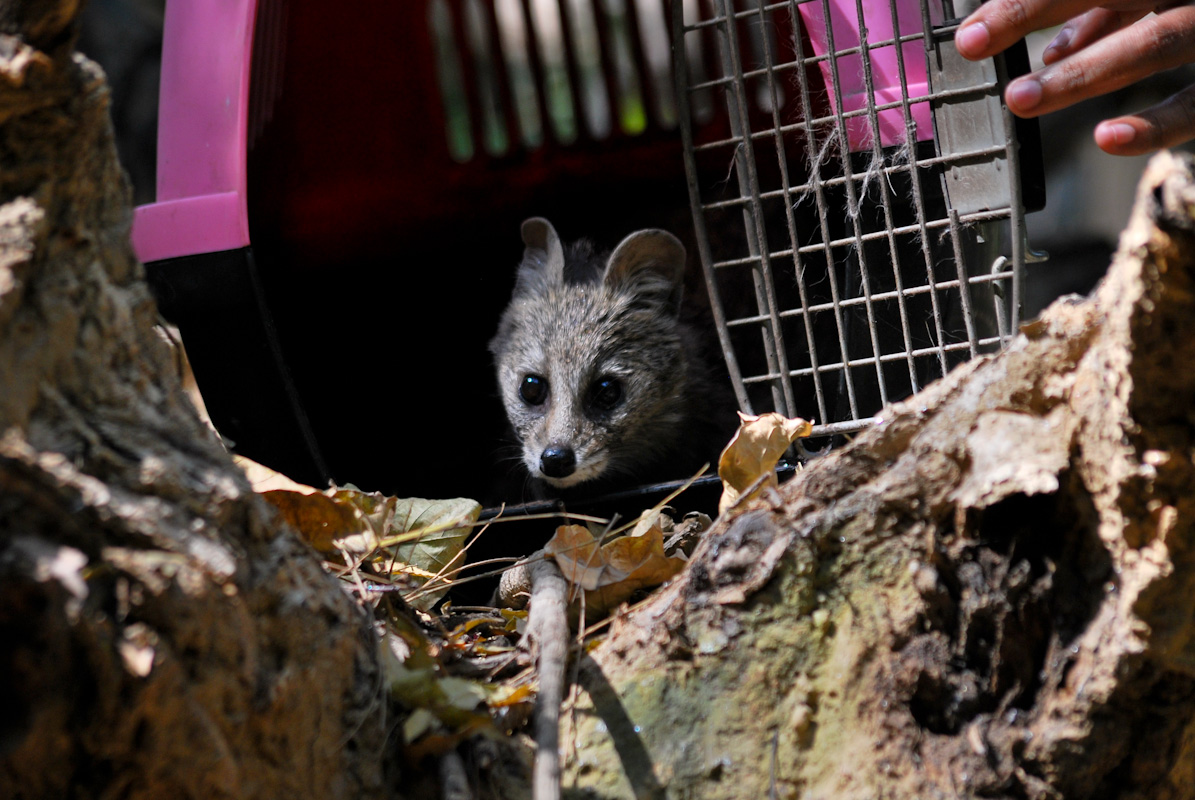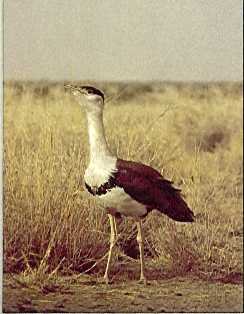
Delhi’s Jamia Millia Islamia University was in news recently for a rare visitor to the institute. A Small Indian Civet, which is very rare in and around Delhi, was found hiding, in a cavity at the IT department of the University and was safely rescued after the university authorities contacted the Wildlife SOS an NGO to rescue the animal. Small Indian Civet is an endangered species.
When the rescue team arrived, the civet was coaxed to come in to the open but finally had to be driven out of the cavity where it had taken shelter. The rescue team safely took hold of the animal with the help of an animal snare.
Karthik Sathyanarayanan of Wildlife SOS said that at the time of rescue though the animal was visibe, it did not look similar to an Asian palm civet.
“When the team reached the location, it was confirmed to be a civet, but looked a little different than the usual Asian Palm Civet. Although it was visible, it was still at an inaccessible location for a safe rescue,” said Karthick.
When the animal was brought to the Medical Rehabilitation shelter of Wildlife SOS, it was observed that it had a small injury on its tail which they thought could be due to a fight with another animal like a dog or even a civet. On closer observation it was also identified as a small Indian Civet.
“The civet was kept under medical attention and after full recovery has been released in the home range,” he said
About Civets
The civet is a threatened species (Viverricula indica) with its habitat in South East Asia inscluding India. It is a terrestrial, nocturnal animal inhabiting areas like thick grass and low shrubs. It also dwell in forest fringes gradually coming in contact with human habitation and can climb high trees.
Karthik added,
“It is hunted chiefly in this range for its meat and occasionally ‘civet’-the musk gland present in these species which are used in the perfume industry. The population of these civets is on the decline owing to the severe habitat destruction. It is an omnivore and feeds on smaller mammals, rats and snakes and occasionally fruits.”
The main reason for their decline is due to hunting for meat and for the scent glands from which perfumes are manufactured. They are also called ‘Civet cats’.
Thankfully, one small civet was neither hunted nor killed, but rescued safely and released back to where it belonged.
-Guest Writer
Article source: Mangalorean.com
Image courstey: Wildlife SOS
Related Stories:










2 thoughts on “Rare Civet finds its way to Jamia Millia Islamia University, Delhi”